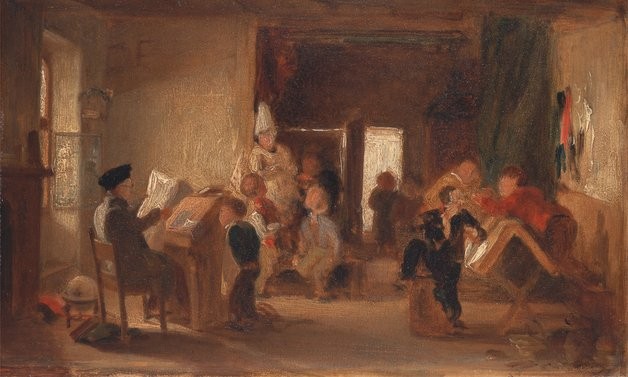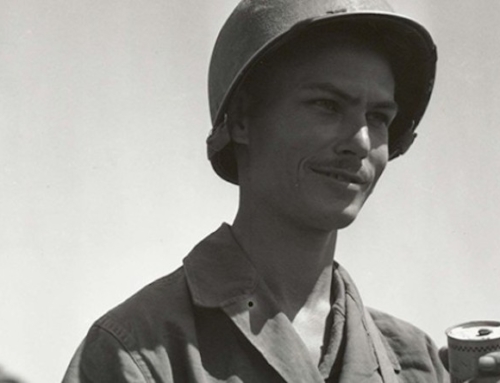Countless thoughts race through my head as I enter the room to teach fourth and fifth grade CCD. First and foremost, I recognize that in most places catechesis can and needs to be greatly improved. For many children, the whole Catholic thing is often a mere obligation on Sunday mornings before their sports tournament in the afternoon.
On the one hand, I have only an hour each week — hardly enough time to teach the faith. On the other hand, I have an entire hour with fourth and fifth graders, most of whom are rambunctious boys with absolutely no desire to sit still for five minutes. So, I have to adapt the lesson to my audience, particularly the mode of delivery. An hour lecture, even with accurate content, would likely be wasted on these children. Instead I try a different approach – I take advantage of their restless and competitive spirits, turning as much of the lesson as I can into a competition. The more they are engaged, the more they discuss. The more they learn, the more points they get. The fewer answers they get right, the more points I get. Telling a fifth grade boy he has a chance to beat his teacher is one way to ensure his participation.
One can draw an analogy to various Catholic practices that might seem odd to outsiders. For instance, we don’t just sit during Mass — we stand, sit, and kneel, and we constantly repeat these postures in a seemingly random order. To outsiders it may look like a secret handshake, but our physical movement has a much deeper significance than trying to complicate matters and separate the Catholics from the non-Catholics. Frequently changing body posture, dipping our fingers in holy water, Eucharistic processions, and so forth bring the worship of God to our level: the human level. We are, after all, both body and soul. To worship only with our minds would be to try to worship as the angels worship. The problem is that we aren’t angels — we are both spiritual and bodily creatures. As kindergarteners learn differently from fifth graders who learn differently from college students, our worship differs from that of angels, though in a more radical sense, since kindergarteners and college students are of the same nature, whereas all of us are of a different nature than angels. The practices may seem strange to some or unnecessary to others, but they engage our whole selves and allow us to offer our entirety to God in worship.
But our physical and tactile customs aren’t most firmly rooted in an analogy to how rambunctious boys learn best. Rather, they find their basis in Christ. In order to heal a blind man, Christ didn’t always just say “be healed.” In some instances he took spit, made clay, and put it on a man’s eyes (John 9:6). An even more fundamental example than Christ’s miracles and his power to forgive sins, in fact the most fundamental example, is the Incarnation. In order to redeem man, God did not simply issue a decree from heaven, though He could have. Instead, He did the unimaginable. He took on human flesh and dwelt among us. The God of the universe, who is beyond all space and time, entered human history when the Second Person of the Trinity became one of us, all the while remaining God. He did this, not for His sake, but for ours.
In the Incarnation, God went beyond His self-revelation to His people Israel. In the Old Testament, we see an emphasis on the name of God, on distinguishing the God of Israel from the gods of the other nations. The name I am who am (Ex 3:14) teaches the Jews that their God is the God of the universe and is above all other so-called gods. But God was not content to teach the human race about Himself only by means of a name. A name engages the mind but not the body. In the Incarnation, God went beyond a name and took on human flesh. He communicated Himself to us and taught us about Himself not just through our minds, but through our physical makeup as well. No longer could God merely be thought about — he could now be touched (1 Jn 1:1). It is in the Incarnation that we are able to engage God with our whole human person, body and soul. Like a good teacher, He comes to meet us on our level. It is only right that we should approach Him through the same means He chose to come to us.
✠
Image: Thomas Webster, A Study of ‘The Schoolroom’







